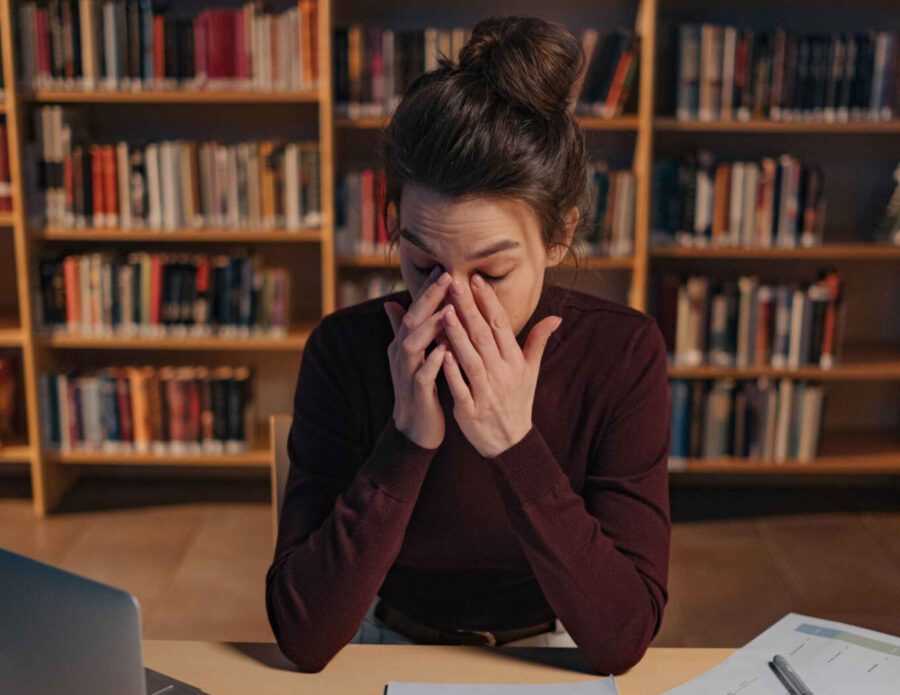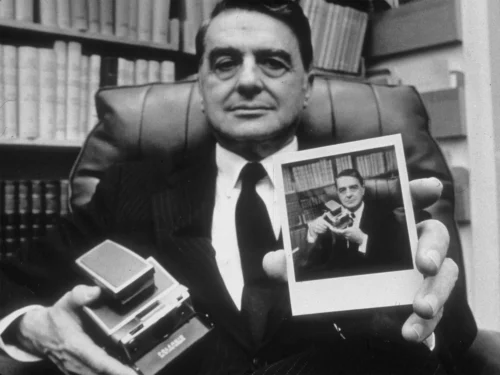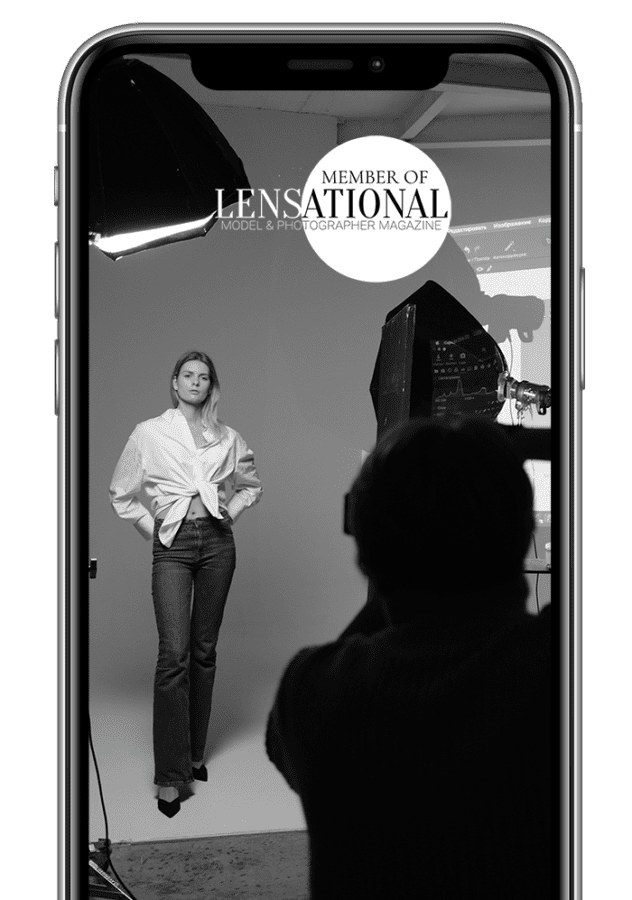Photography Burnout – What Is It?
Photography burnout is a state of emotional, physical, and mental exhaustion caused by excessive and prolonged stress related to photography. This can include feeling overwhelmed, emotionally drained and losing motivation.
It is important to note that burnout can be a symptom of a larger problem and may require professional help. Recovery from burnout depends on coping mechanisms and mental health before burnout, and internal skills like self-awareness and resilience.
Symptoms of Photography Burnout
Here are some signs that you may be on the road to photography burnout:
- You feel constantly tired, even after a good night’s sleep.
- You have lost motivation and interest in photography, and it feels like a chore.
- You feel overwhelmed and stressed by your workload, and it seems like there is never enough time to get everything done.
- You are not enjoying the creative process as much as you used to, and you struggle to come up with fresh ideas.
- You are experiencing physical symptoms such as headaches, muscle tension, or stomach problems.
- You are having difficulty concentrating and making decisions.
- You are becoming increasingly cynical and negative towards your work.
- You have stopped taking care of yourself and your personal relationships are suffering.
If you are experiencing any of these symptoms, it may be time to take a break and reassess your priorities. It’s important to remember that burnout is a common problem in the creative industry, and there is no shame in seeking help or taking time off to recharge.
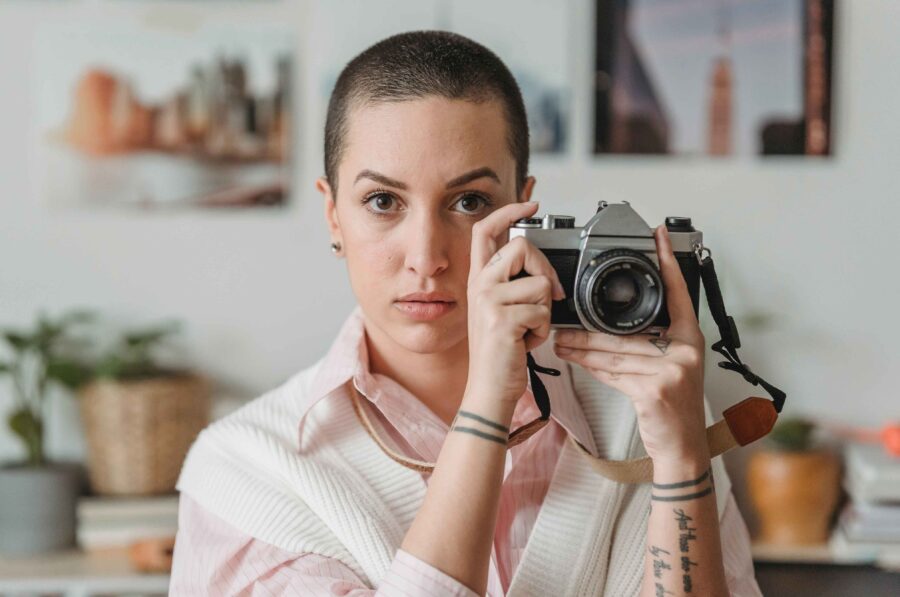
Causes of Photography Burnout
- Being in a constant state of stress, which can be positive or negative.
- Feeling overwhelmed and stressed by workloads.
- Doing monotonous tasks and feeling unchallenged.
- Lack of recognition or unclear expectations.
- Perfectionism and an unhealthy work-life balance.
- Lack of sleep and physical exhaustion.
- Experiencing a dysfunctional work environment or extreme shifts in activity levels.
- Lack of social support and feeling disconnected from others.
- Feeling emotionally drained and losing motivation.
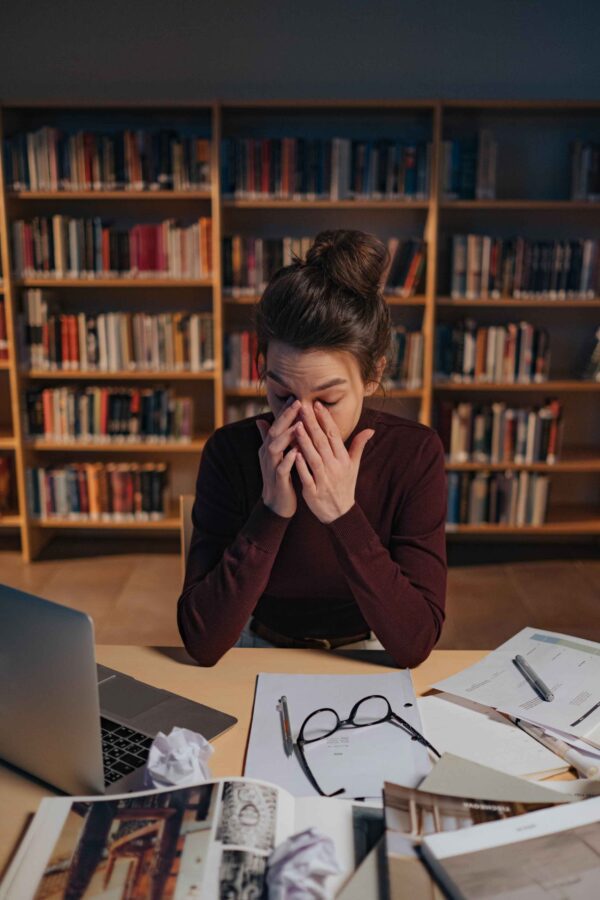
How Long Does a Photography Burnout Last?
The length of time a photography burnout can last varies and depends on the severity and length of time the burnout has been building up. Recovery time can range from days to years.
Less severe cases may benefit from prioritizing rest and exercise, while more severe cases may require medical attention, therapy, medication, and even a change in job or career. It’s important to listen to your body and seek support if needed.
Dealing With Photography Burnout
Here are some tips and strategies to deal with photography burnout:
Say “no” to Some Commitments
Learning to say “no” can be difficult, but it’s an important step in reducing stress and preventing burnout. It’s important to prioritize your time and commitments, and only take on what you can manage without sacrificing your well-being.
Set Boundaries
Set clear boundaries for your work and personal life. This can help you maintain a healthy balance and prevent burnout.
Establish work hours: Set specific work hours and stick to them as much as possible. This can help you avoid working excessively and ensure that you have time for personal activities.
Turn off notifications: When you’re not working, turn off notifications for work-related emails and messages. This can help you disconnect from work and focus on personal activities.
Create a designated workspace: Designate a specific area for work, and try to avoid working in other areas of your home. This can help you establish a clear boundary between work and personal life.
Prioritize self-care: Prioritize self-care activities like exercise, meditation, or spending time with loved ones. This can help you maintain a healthy balance and prevent burnout.
Communicate with others: Communicate your boundaries with coworkers, family, and friends. Let them know when you’re available.
Take Breaks
It is important to take regular breaks to recharge and clear your mind because it can help increase productivity, energy levels, focus, and mental health and well-being. Different types of breaks, such as nature breaks, social media breaks, and power nap breaks, can fulfill different needs.
Research has shown that taking short breaks helps to boost focus and productivity, but lengthy breaks can be counterintuitive. It is recommended to take breaks in the morning, afternoon, and evening, and avoid interrupting flow states where productivity is at its highest.
Taking breaks allows the brain and body to get the necessary recharge it needs to keep going and to avoid an energy slump.
Any kind of movement is a great way to take a break as it increases executive functioning and improves alertness, attention, and motivation. Effective breaks involve activities that distance oneself from work-related thoughts and leave a person feeling refreshed.
Isolation, on the other hand, can lead to negative emotions, such as loneliness, hopelessness, and despair, and increase the risk of mental health issues. Connect with others in the photography community, whether it’s through social media or attending events.
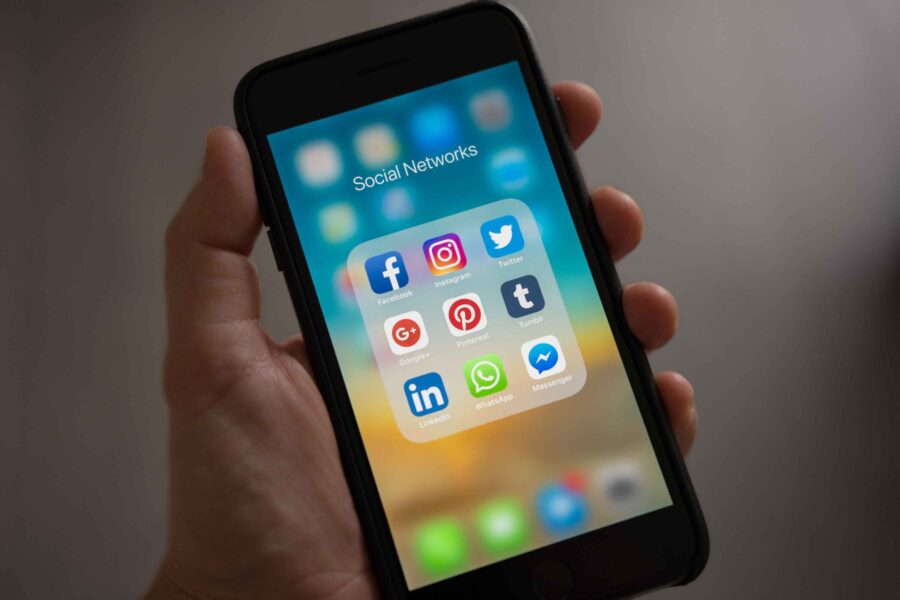
Connect With Others
Connecting with others is important to feel less isolated and provide support during difficult times because it can positively impact mental health and well-being. Social support has been shown to reduce stress, anxiety, and depression, and increase self-esteem and resilience.
It is important to build and maintain these connections by reaching out, engaging in activities, and offering and accepting help. During times of crisis or stress, social support can be particularly crucial in providing comfort, practical assistance, and a sense of belonging.
By connecting with others, individuals can not only receive support but also offer it, creating a mutual sense of care and support that can strengthen relationships and communities.

Practice Self-Care
It is important to price yourself properly in photography because setting the right price can help you attract the right clients, cover your expenses, and make a profit. Pricing too low can attract bargain shoppers and undervalue your work, while pricing too high can discourage potential clients and lead to lost business.
It is important to practice self-care because it helps individuals maintain physical, mental, and emotional well-being. Self-care can help reduce stress, anxiety, and depression, which are common mental health issues. It can also improve concentration, energy levels, and overall happiness.
Neglecting self-care may lead to burnout, exhaustion, and other physical and mental health problems. Self-care involves anything that an individual can do to take care of themselves physically, mentally, and spiritually, and it can be as simple as taking deep breaths or engaging in regular exercise.
Price Yourself Properly.
A proper pricing strategy can help you establish and maintain a sustainable photography business, while underpricing or overpricing can negatively impact your income and reputation in the industry.
Proper pricing can also help you communicate your worth and professionalism to clients and set realistic expectations for the quality of service you provide.
Learn How To Price Your Photography – FREE Calculator & CODB Worksheet
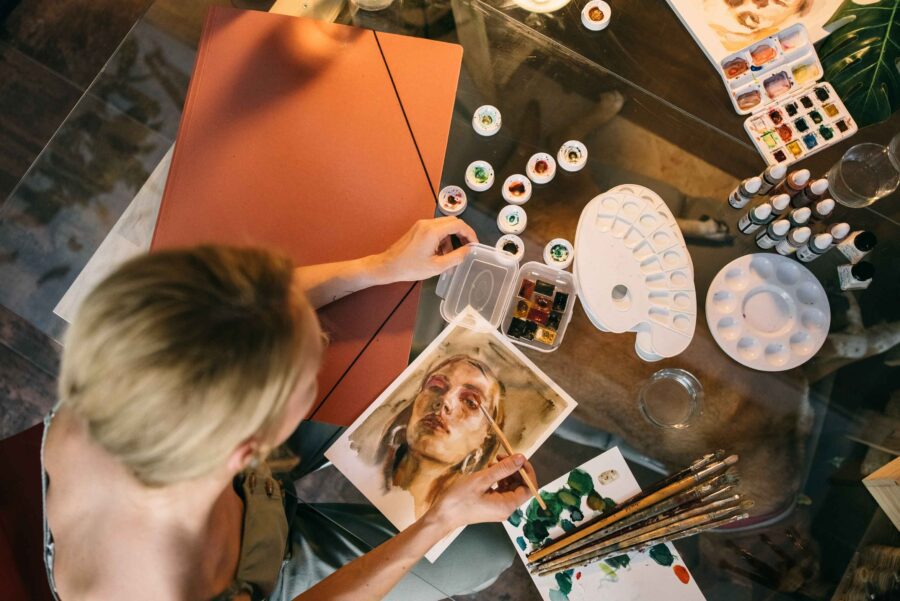
Get Creative
Creativity is a powerful antidote to burnout because it can help individuals reconnect with their passion and purpose, and reduce stress and negative emotions. Engaging in creative activities can stimulate the brain, increase dopamine levels, and improve mood and well-being.
Creative expression can also provide an outlet for emotions and thoughts, and encourage self-reflection and self-discovery. By focusing on the process of creating rather than the outcome, individuals can reduce the pressure to perform and experience a sense of freedom and playfulness.
Additionally, creativity can lead to new ideas, perspectives, and solutions, which can boost motivation and productivity. Whether it is through painting, writing, music, or other forms of expression, incorporating creativity into daily routines can help prevent and overcome burnout and reignite passion for one’s work.
Take Time Off
If burnout seems inevitable, it is good to try to take a complete break from photography because burnout can be a serious issue that can negatively impact physical and mental health. Taking a break can help individuals recharge, gain perspective, and reconnect with their passion and purpose.
It can also help prevent burnout from becoming a chronic issue that requires more serious interventions, such as medical treatment or a career change. Stepping away from photography and engaging in other activities can provide new experiences and insights that can enhance creativity and motivation.
However, it is important to note that taking a complete break may not be feasible for everyone, especially for those who rely on photography for their livelihood. In such cases, it may be helpful to find ways to balance work and rest, set realistic expectations, and seek support from colleagues, friends, or mental health professionals.
